Buying Guide for the Best Cedar Fence Stains
Choosing the right stain for your cedar fence is crucial to ensure it not only looks great but also lasts for many years. The right stain will protect your fence from the elements, prevent it from rotting, and maintain its natural beauty. When selecting a stain, consider the type of finish you want, the level of protection needed, and the ease of application. Here are some key specifications to help you make an informed decision.Type of StainStains come in different types, including transparent, semi-transparent, and solid. Transparent stains provide minimal color and allow the natural wood grain to show through, which is great if you want to highlight the natural beauty of the cedar. Semi-transparent stains add a bit more color while still showing some of the wood grain, offering a balance between aesthetics and protection. Solid stains provide the most color and hide the wood grain completely, offering the highest level of protection. Choose a type based on how much of the wood's natural appearance you want to retain and the level of protection you need.
UV ProtectionUV protection is important because it helps prevent the wood from fading and becoming damaged by the sun's rays. Stains with higher UV protection will keep your fence looking new for longer. If your fence is in a sunny area, opt for a stain with strong UV protection. For areas with less direct sunlight, a stain with moderate UV protection may suffice.
Water ResistanceWater resistance is crucial for preventing moisture from penetrating the wood, which can lead to rot and decay. Stains with high water resistance will form a barrier that repels water, keeping your fence in good condition. If you live in a rainy or humid climate, prioritize a stain with excellent water resistance. In drier climates, a stain with moderate water resistance may be adequate.
Mildew and Mold ResistanceMildew and mold resistance is important for maintaining the appearance and integrity of your fence. Stains with mildew and mold inhibitors will help prevent these issues, which can cause discoloration and damage to the wood. If your fence is in a shaded or damp area, choose a stain with strong mildew and mold resistance. For fences in sunnier, drier locations, this may be less of a concern.
Ease of ApplicationEase of application refers to how simple it is to apply the stain to your fence. Some stains require multiple coats and extensive preparation, while others are more straightforward and can be applied with minimal effort. If you're a DIY enthusiast or want to save on labor costs, look for a stain that is easy to apply. Consider whether you prefer a brush, roller, or spray application method, and choose a stain that suits your preferred technique.
Drying TimeDrying time is the amount of time it takes for the stain to dry and be ready for use. Faster drying times can be more convenient, especially if you need to complete the project quickly or if rain is expected. However, some stains with longer drying times may offer better penetration and protection. Consider your schedule and weather conditions when choosing a stain with an appropriate drying time.

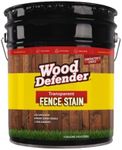
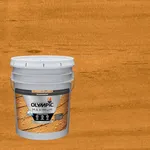
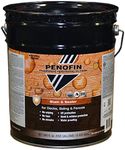
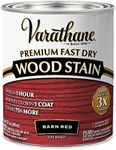
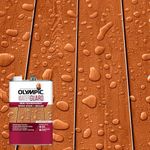


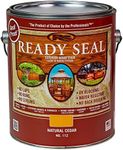

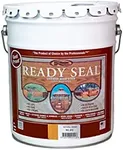



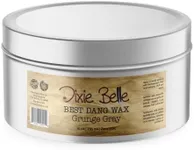
![Furniture Glaze - Antique Patina Special Effects Glaze for Chalk Style Furniture Paint, Eco-Friendly Wood Stain, 6 Color Choices - Tiger's Eye [Red Brown] - (4 oz)](https://images-proxy.bestreviews.guide/pyRIrBVyEFz_GqFv0bb1OcAgf0A=/0x150/https://m.media-amazon.com/images/I/41VtE3gL6yL._AC_CX679_.jpg)




